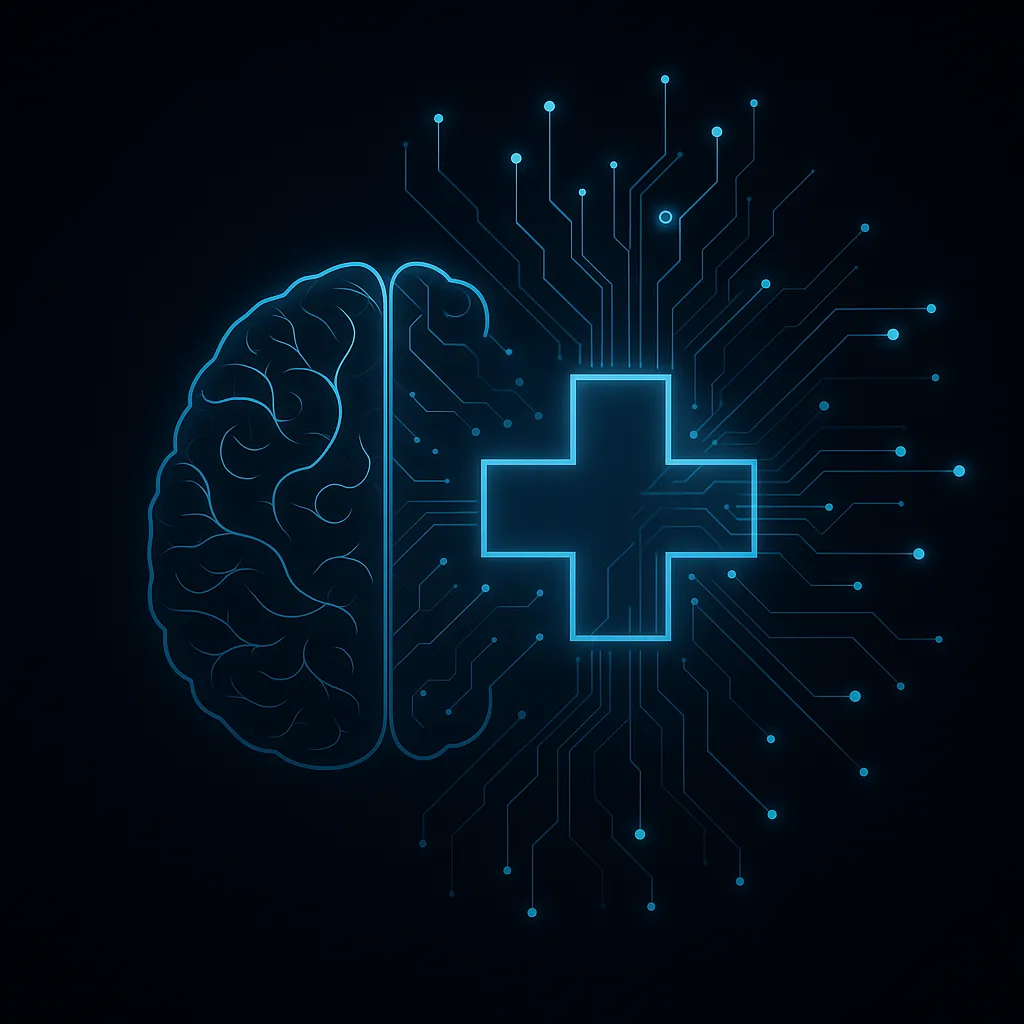Ethics & Privacy in Neurology
From diagnostic imaging to predictive analytics, artificial intelligence is reshaping neurological care. These systems rely on classification, regression and clustering techniques to identify subtle patterns in brain scans and behavioural data. When the data used to train models are incomplete or biased, AI outputs can amplify inequities and misdiagnose under‑represented groups. Transparency, explainability and rigorous validation are critical to ensure that algorithms serve all patients fairly.
Data privacy presents another pressing challenge. Brain data are deeply personal, revealing information about cognition, mood and intent. Wearables and mobile apps continuously stream sensitive signals to cloud services, creating troves of information that could be misused if improperly secured. Patients must give informed consent and retain control over how their data are stored, shared and monetised. Robust encryption, anonymisation and governance frameworks are essential to protect confidentiality.
Ethical dilemmas arise at the intersection of autonomy and intervention. Predictive models can flag individuals at risk of seizures or cognitive decline, but how and when to act on those predictions involves complex value judgements. Neurotechnologies that monitor emotions or deliver stimulation raise concerns about cognitive liberty and the potential for manipulation. Guidelines from bioethics councils and religious authorities can help balance the benefits of AI with respect for human dignity.
Building trust requires collaboration among clinicians, technologists, ethicists and patients. Independent audits should evaluate models for bias, performance and robustness before deployment. Regulatory oversight can establish standards for transparency and consent, while community engagement ensures that diverse voices shape the design and use of neuro‑AI. With thoughtful governance, AI can advance neurological care while upholding the values of privacy, justice and compassion.
Back to articles
Model Quality & Monitoring
Models drift as populations, devices and documentation styles change. Measure calibration, sensitivity and specificity on a rolling basis and set alert thresholds. Provide clinicians with simple explanations, confidence ranges and alternative actions. A rapid rollback path is essential for safety—if performance dips below a threshold, the system should reduce autonomy or pause recommendations until retrained.
Interoperability & Workflow
Great tools fit into existing systems. Standards like HL7 FHIR and SMART on FHIR enable secure data exchange. Single sign-on and context launch reduce clicks. Each feature should map to a documented step in the clinical pathway so teams do not need a new habit to get value. Start with lightweight pilots, gather feedback, and iterate quickly to remove friction.
Data Privacy & Security
Healthcare data deserves the highest level of protection. Collect only what is necessary, encrypt at rest and in transit, and keep audit logs for access. Role-based permissions ensure that the right people see the right data. De-identification and minimization reduce exposure, while consent management tools record preferences. Patients should be able to request access or deletion at any time, and those requests must be honored promptly.
Clinical Use Cases
Artificial intelligence in neurology supports triage, risk stratification, image review and longitudinal monitoring. Typical scenarios include seizure risk alerts based on wearables, MRI change detection, cognitive screening with speech and drawing analysis, and automated reminders that nudge adherence. Each use case requires a clinical owner, a clear success metric and a safety net for unexpected outputs. By focusing on workflows that already exist, AI augments clinicians rather than adding burden.
Outcomes & Ethics
Track outcomes that matter: time to diagnosis, avoided hospital days, patient-reported quality of life, and equity across subgroups. Document limitations and known failure modes so clinicians understand when to rely on the system and when to override it. Communicate transparently with patients about how AI participates in their care and how data is protected.
